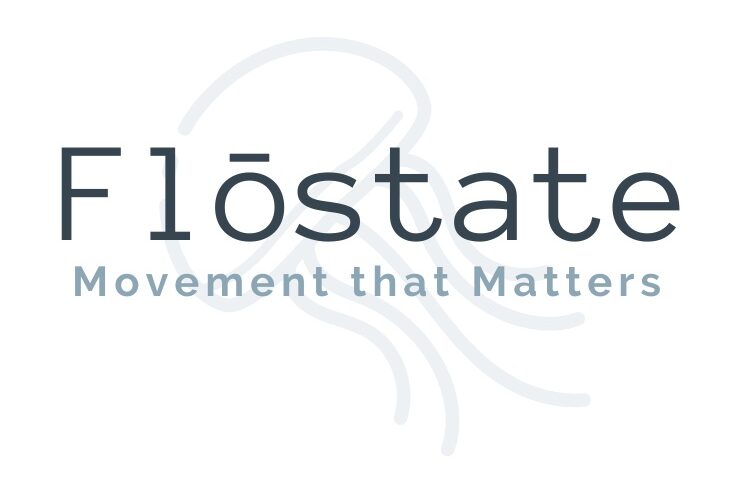Fitness challenges have the potential to help people make lasting changes to their habits, physique, wellbeing and other physical and mental attributes such as sleep quality and mood. There are many ways that joining a challenge can benefit you, so should you do it? What makes them work and why should you participate?
Read on for why we think challenges are worth it every time.
- Challenges provide structure. Ever been to the gym and wondered what to do? Challenges provide structure such as a time-frame (6-weeks), workout parameters (30 min/day) and ways to measure success (# of workouts completed, body measurements, strength measurements). Structure is the backbone of the entire thing and without it, you are going nowhere quick.
- Challenges provide a specific plan. Whether that is the actual workout and/or nutrition plan or guidelines for what to do, you need a plan to follow. It takes out the guesswork so you know if you are on track or not.
- Accountability is built in. We need to be on the hook by something or someone otherwise we may not follow through. With challenges, there is the support of the group, text support, email support, perhaps an in-person or virtual meeting..all of these things ensure you are not alone and instill a sense of not wanting to let others down.
- Challenges are a great source of motivation! Either from the leaders themselves or the participants in the group. Feed off of each other, share tips, workout together and see how much better you feel and how excited you become to continue.
- The Fun Factor. Challenges are fun! They add novelty and excitement to exercise when it can sometimes seem boring. Harness this and find the joy in the experience.
- Rewards and prizes! Challenges often involve rewards or prizes for completion or just for participating. Prizes can also help motivate people to keep going. Prizes sweeten the deal and make things fun. Another reason to say “yes” to a fitness challenge…you just might win!
The more of these elements you have provided for you within a challenge and the more these elements fill in areas that you struggle with, the better your chances of success! So sign up for that challenge and make the decision to go “all in”.
Ready to dive in? Visit Flostate’s Challenges page to find out more about our latest fitness challenges!
